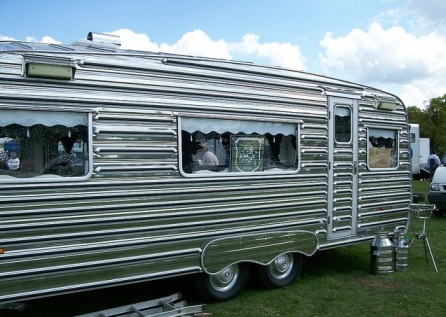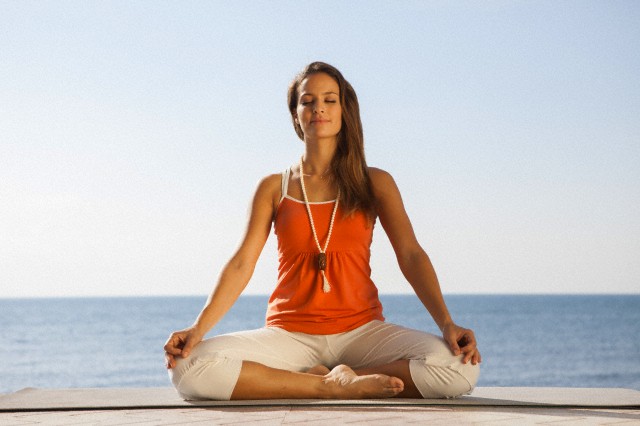Many newbies find towing caravans to be very difficult. Often times this means that the first few times they drive they bump into something. This is why we have put together a few driving tips below in addition to tips on reversing the caravan something that a fair number of people find difficult to do.
Towing caravans
To start off with you will want to know what the unloaded weight of the caravan is. This should be in the manual or there should be a sticker in the caravan with the weight. Then add to this weight the estimated weight of the cargo and this will give you the total weight you will be towing. Refer to the owner’s manual of your vehicle to find out what the towing limits are.
Hooking up your caravan
The vast majority of caravans being sold nowadays have a trailer hitch, electric hook up, crank wheel, safety chains, latch & lock and a handbrake located at the front. You should be familiar with all of these prior to hooking up your caravan. You will want to start by lining up the hitch ball of your vehicle to the caravan’s coupler. Then lower the caravan by turning over the crank handle.
To release the coupler simply raise the handle and this will get the hitch ball to slowly go into position. If you want to check that the vehicle is properly attached to the caravan simply lift up the caravan once again, you should see the vehicle slowly lift with it too. If you find it difficult to attach your caravan then you will want to put some pressure by hopping up and then down on it to ensure it is secure.
After it’s attached you will want to secure the safety chain via the lock located on top of the coupler. Then simply plug in all the electrics and check everything one final time i.e. the load position and lights. This one step is important if the caravan is too low because if not then it may leave a part of it when you’re on the road and hit a bump.
When on the road
Caravans are often much wider than the tow vehicle so you’ll want to add an extra set of mirrors to ensure that everything is clearly visible behind. When driving through tight spots you should be aware of your caravan’s dimensions and the load you’re carrying. When driving on the highway or a street take wider turns than you normally do. This will ensure that the caravan does not bump into the side wall or any obstructions which divide the road.
Reversing your caravan
When you’re towing a caravan it’s not always a one way forward drive, there will be a time when you need to reverse and it can be tricky. Here are a few things you should keep in mind when reversing caravans:
- Always drive the vehicle is a very slow and steady manner. Ensure that if you do not have maximum visibility you have someone standing outside to guide you. You should also not forget to disengage the vehicle’s reverse break.
- When you are reversing via your vehicle’s mirrors you will want to turn the steering wheel in the opposite direction of the way you want the caravan to move.
- When looking out of the rear window when reversing you should look directly over your right shoulder and place your hand under the steering wheel then turn it in the direction you need the caravan to move. This should help you avoid a few obstacles.
- Use a video reversing aid kit. These kits are the latest high tech solution and can be mounted to your vehicle with the camera mounted on the back of your caravan. This gives you an improved view of what is behind you. However, it does take a little getting used to.
Owning caravans is perhaps one of the best ways to enjoy some alone time outside in the wilderness with your friends and family members. However, as a newbie caravan owner you should start with baby steps. JB Caravans which is the leading caravan manufacturer recommends that people first start with short trips and once they get a hang of driving their caravan then take longer trips.
Citations:
- Towing Caravans and Trailers
Mark runs one of the leading caravan building companies in Australia. He is also an expert with building and designing caravans both off road and regular ones. In addition to building and selling caravans he also provides people with advice on what to buy. His blogs help people find caravans which suits their style and offers advice on modification and customization.



